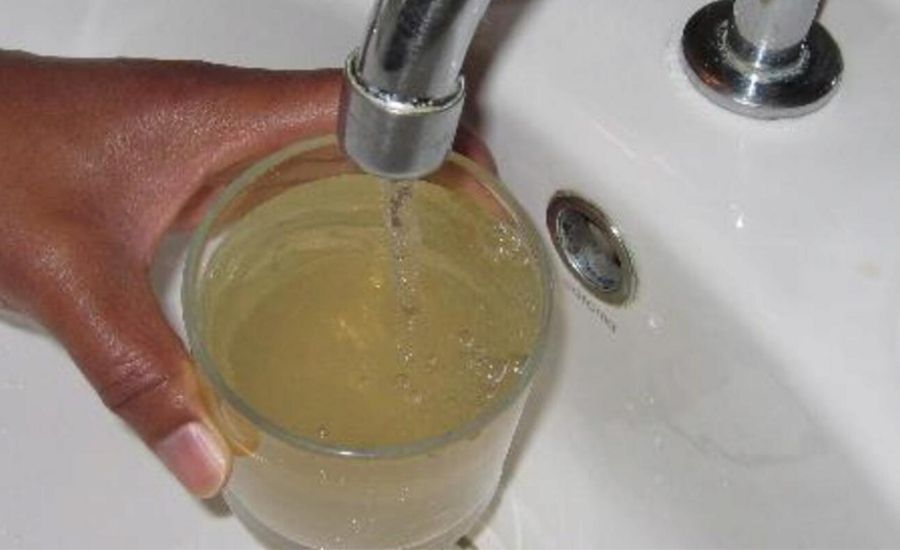Unlocking Insights: The Power of VT1000 Pitting Images in Material Assessment
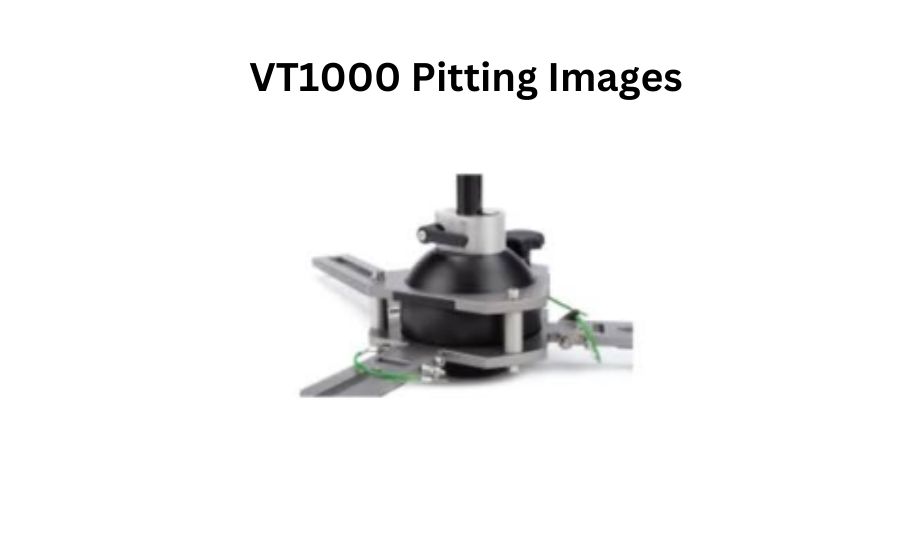
What Are VT1000 Pitting Images and Their Significance?
VT1000 pitting images are specialized photographs that capture minute holes or “pits” on various surfaces. These imperfections often develop on materials like metals due to wear or deterioration. Analyzing these images allows us to track how surfaces evolve over time.
Understanding these images is crucial for engineers and scientists aiming to enhance material longevity. Early detection of damage enables timely repairs, preventing minor issues from escalating into major problems. Essentially, these images offer a glimpse into the concealed aspects of surface degradation.
This imaging tool is vital across multiple industries. For instance, in construction, it aids in verifying that materials are safe for usage. In manufacturing, it plays a key role in quality assurance before products reach consumers. Recognizing the importance of these images can lead to improved material choices and enhanced safety standards.
Next time you encounter VT1000 pitting images, remember they serve a purpose far beyond mere visuals. They are instrumental in maintaining material quality and safety across various fields.
The Role of VT1000 Pitting Images in Understanding Surface Damage
VT1000 pitting images significantly contribute to our understanding of surface degradation. With extensive use, materials can develop tiny holes or pits, and these images allow for a clear examination of such details.
By studying these visuals, specialists can identify the origins of the damage. For instance, they can determine if the pits are caused by rust, abrasion, or other factors. This knowledge is essential in designing materials that exhibit greater durability.
In numerous sectors, these images are instrumental in forecasting potential issues before they arise. For example, in the automotive industry, examining pitting ensures the safety of components. Thus, VT1000 pitting images are vital in averting future complications.
In summary, comprehending surface damage through these images aids in enhancing safety and product quality. They function as a unique tool, revealing hidden flaws before they escalate into significant concerns.
How to Interpret and Analyze VT1000 Pitting Images
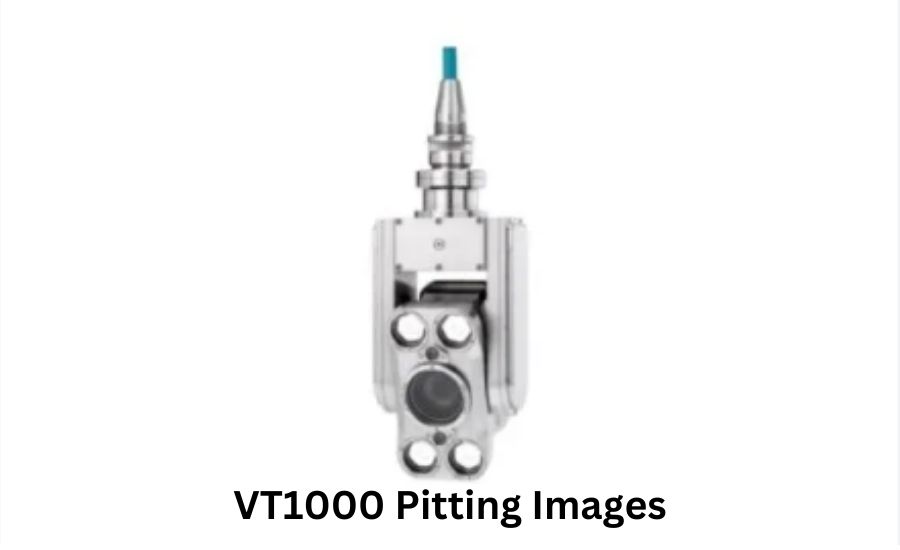
Interpreting and analyzing VT1000 pitting images might seem daunting initially, but it becomes manageable with practice. Start by closely examining the images to detect any pits or holes on the surface.
Each pit can reveal insights about its origin. For example, some pits may arise from corrosion, while others might stem from wear and tear. By dissecting these details, specialists can gain a deeper understanding of the material’s state.
Utilizing software with the VT1000 can simplify this process. The software highlights pits and offers measurements, facilitating the creation of reports that outline the extent of the damage and necessary repairs.
In conclusion, analyzing VT1000 pitting images requires a careful look at the details and a grasp of their implications. With practice, recognizing issues and making informed material use decisions becomes easier.
VT1000 Pitting Images Compared to Other Surface Imaging Tools
When you compare VT1000 pitting images with other surface imaging tools, several key distinctions emerge. The VT1000 is renowned for its exceptional detail and clarity in showcasing pits and surface damage.
Other tools may not offer the same level of clarity or might focus on different aspects of surface wear. For example, some devices might assess overall wear but fail to display specific pit details. In contrast, the VT1000 is tailored for capturing these subtle details.
Selecting the right tool for the task is essential. If detailed pitting images are required, the VT1000 is an excellent choice. Other devices might be more suitable for different types of surface evaluations.
In summary, the VT1000 excels in its ability to produce detailed pitting images. Recognizing its advantages aids in selecting the best tool for surface analysis.
Understanding Pitting Corrosion with VT1000 Images
Pitting corrosion represents a form of damage that creates small holes in surfaces. VT1000 pitting images are invaluable in examining this type of deterioration, clearly illustrating where and how the pits develop.
Pitting corrosion frequently affects metals, especially when exposed to moisture or chemicals. By analyzing VT1000 images, experts can assess the depth and extent of the corrosion.
Studying these images informs strategies to mitigate or prevent pitting corrosion. For instance, protective coatings or treatments can shield surfaces from corrosive agents.
Overall, VT1000 pitting images yield critical insights into pitting corrosion, aiding in the enhancement of materials and prolonging their lifespan.
The Importance of VT1000 Pitting Images in Material Science
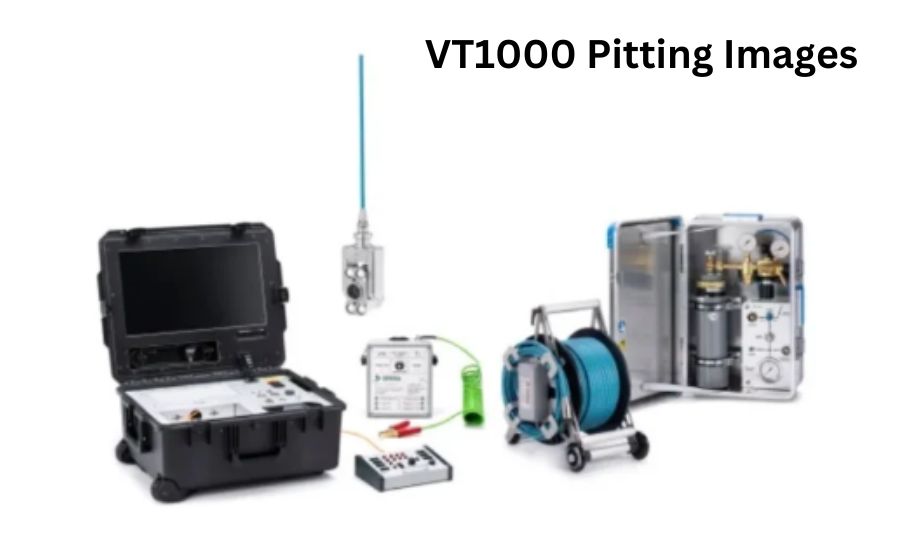
In the field of material science, VT1000 pitting images are essential for exploring how materials behave over time. These images capture tiny pits that may develop on materials, providing insight into their durability.
By analyzing these visuals, researchers can assess how various materials react to stress or environmental influences. This knowledge is vital for developing improved materials that endure challenging conditions.
The VT1000 tool allows for meticulous examination of these pits, offering insights into material performance. This information is crucial for advancing various sectors, including manufacturing and construction.
To summarize, VT1000 pitting images are pivotal in material science. They empower scientists and engineers to understand material behavior and enhance product quality.
Preventing Material Failures with VT1000 Pitting Images
VT1000 pitting images are instrumental in averting material failures by identifying damage in its early stages. When specialists analyze these images, they can pinpoint small pits that could lead to more significant problems.
Early damage detection allows for timely repairs or replacements, which is especially critical in high-stakes areas like bridges or machinery where safety is paramount.
The VT1000 tool produces clear images that reveal areas of pitting. This capability facilitates prompt maintenance, helping to prevent expensive failures and ensuring safety.
In essence, utilizing VT1000 pitting images supports the integrity of materials. It represents a proactive strategy to avert failures and guarantee smooth operation.
Key Benefits of Utilizing VT1000 Pitting Images in Research
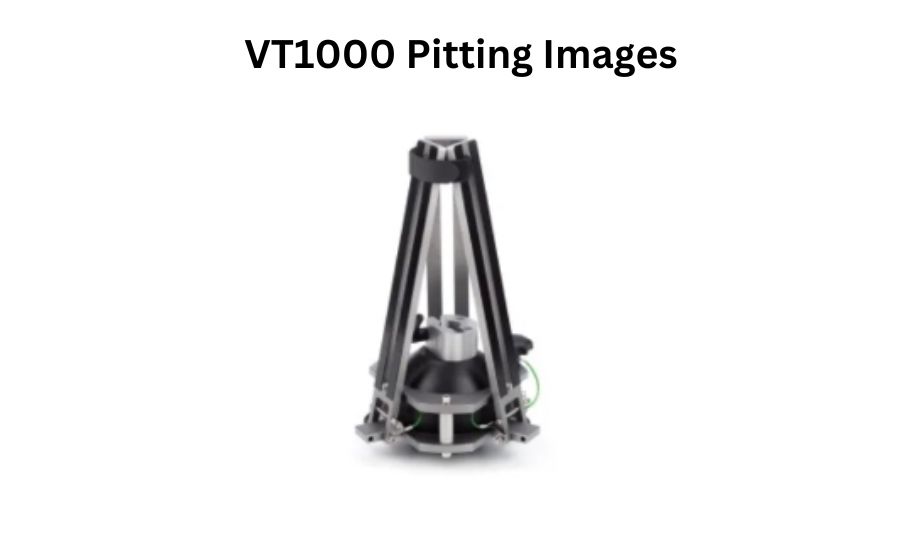
Here are five key benefits of utilizing VT1000 pitting images in research:
- Enhanced Visualization: VT1000 pitting images provide clear and detailed visual representations of material surfaces, allowing researchers to easily identify and analyze pitting corrosion patterns.
- Accurate Data Collection: The technology ensures precise measurements and data collection, leading to more reliable results in research studies related to material integrity and performance.
- Improved Decision-Making: By understanding the extent and severity of pitting damage, researchers can make informed decisions regarding maintenance, material selection, and overall project strategies.
- Cost-Effective Solutions: Early detection of pitting through VT1000 imaging can lead to timely interventions, reducing costly repairs and extending the lifespan of materials and structures.
- Facilitation of Advanced Research: The use of VT1000 pitting images supports a wide range of studies, from material science to engineering, enabling innovative research and development in various fields.
Common Materials Analyzed with VT1000 Pitting Images
VT1000 pitting images are utilized to examine a variety of materials. Metals are among the most frequently studied, as they are prone to pitting corrosion. These images facilitate the understanding of how different metals respond to wear and environmental stressors.
Additionally, other materials like plastics and composites can be assessed using VT1000 pitting images. In these cases, the images assist in identifying surface damage that could impact their functionality.
By examining these materials, experts can create improved products and solutions. The VT1000 tool offers vital insights into how various materials endure stress and damage.
In summary, VT1000 pitting images are versatile tools valuable for studying diverse materials. They contribute to product enhancement and ensure safety and reliability.
How VT1000 Pitting Images Improve Product Lifespan
VT1000 pitting images contribute to improving product lifespan by allowing for early detection of damage. When pits are spotted early, it is possible to address issues before they become severe.
Regular use of VT1000 images in maintenance checks helps in identifying problems that might shorten the lifespan of products. This proactive approach leads to longer-lasting products.
Additionally, the insights gained from these images help in designing better products. Engineers can use the information to create materials that resist pitting and wear more effectively.
Overall, using VT1000 pitting images helps in extending the life of products. It’s a valuable tool for ensuring that products remain in good condition over time.
Read Next: Heinzchinsmg
Can VT1000 Pitting Images Predict Future Surface Damage?
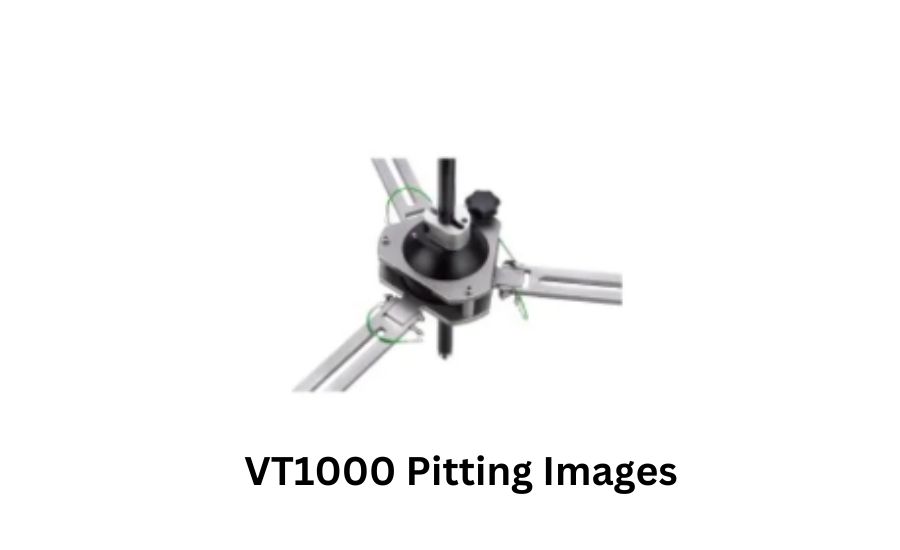
VT1000 pitting images can help in predicting future surface damage by analyzing current wear patterns. By studying these patterns, experts can estimate how the damage might progress over time.
The images provide detailed information about the pits and their characteristics. This helps in understanding how quickly damage might spread and what factors contribute to it.
Using this information, maintenance schedules can be adjusted to address potential problems before they become severe. This proactive approach helps in preventing future damage and ensuring long-term reliability.
In summary, VT1000 pitting images are useful for predicting future surface damage. They help in planning maintenance and preventing potential issues.
Why VT1000 Pitting Images Are Crucial in Engineering
In engineering, VT1000 pitting images are crucial for analyzing and maintaining materials. These images provide detailed views of surface damage, which is important for ensuring structural integrity.
Engineers use these images to detect small pits and other signs of wear. This information is essential for making decisions about repairs or replacements.
By understanding the extent of surface damage, engineers can design better materials and structures. The VT1000 tool helps in creating more durable and reliable engineering solutions.
In summary, VT1000 pitting images play a key role in engineering. They provide valuable information that helps in maintaining and improving materials and structures.
Conclusion
In conclusion, VT1000 pitting images are a powerful tool for understanding and managing surface damage. They help us see tiny pits on materials that might be hard to notice otherwise. By using these images, experts can find problems early and fix them before they get worse. This keeps products safe and long-lasting.
Overall, whether you’re an engineer, a researcher, or just curious about material wear, VT1000 pitting images are valuable. They give us a closer look at how surfaces change and help in making better choices for materials. So next time you hear about these images, remember they play a big role in keeping things safe and reliable!
Must Read: 3d659com-Blog
FAQs
Q: What are VT1000 pitting images?
A: VT1000 pitting images are detailed pictures taken with a VT1000 tool to show tiny pits or holes on surfaces. They help in examining surface damage and wear.
Q: How does the VT1000 tool work?
A: The VT1000 tool captures high-resolution images of surfaces, highlighting small pits and imperfections. It uses specialized technology to provide clear and detailed views.
Q: Why are VT1000 pitting images important?
A: These images are important because they help identify and analyze surface damage early. This can prevent bigger problems and ensure the safety and longevity of materials.
Q: What types of materials can be examined with VT1000 pitting images?
A: VT1000 pitting images can be used to examine various materials, including metals, plastics, and composites, to detect surface damage and wear.
Q: How can I analyze VT1000 pitting images?
A: To analyze VT1000 pitting images, look for pits and patterns on the surface. Use the tool’s software to measure and assess the damage and determine its cause.
Q: Can VT1000 pitting images predict future damage?
A: Yes, by studying current damage patterns, VT1000 pitting images can help predict how damage might progress and guide maintenance to prevent future issues.
Q: Where are VT1000 pitting images commonly used?
A: VT1000 pitting images are commonly used in industries like automotive, aerospace, and construction to check the condition of materials and ensure safety and quality.




